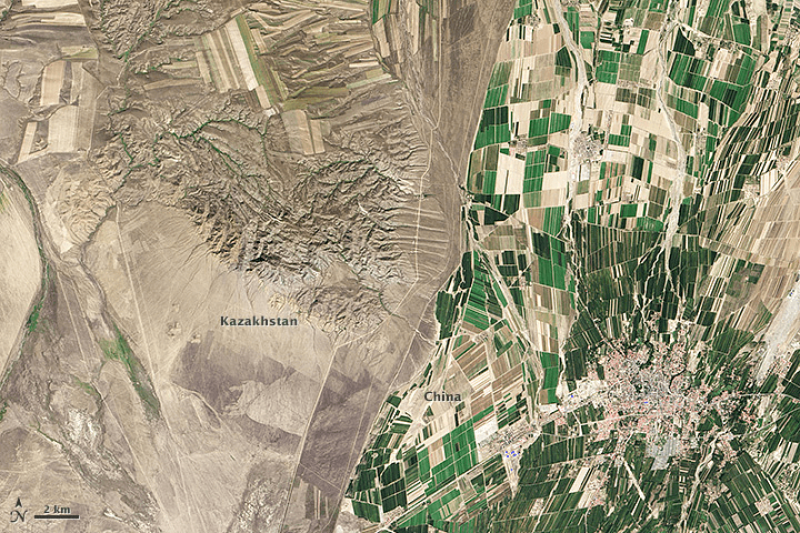How China’s GMO rice is making salinated land arable for cotton and other seasonal crops

On the rim of Xinjiang’s desert, in a region where the soil is so salty that most vegetation refuses to grow, China is touting rising outputs of salt-tolerant rice as further evidence that its food-security drive has taken root.
Beijing expects rising yields of genetically modified crops, especially in remote and rural areas where arable soil is rare, to help serve as a long-term solution to ensuring that the nation’s 1.4 billion people are kept fed.
…
China plans to grow nearly 90 per cent of its grain, including rice, wheat, corn and soybeans, by 2032 amid the national food-security push.
In August 2023, the State Council said China needs to develop various non-traditional arable land resources, and “overcome the natural constraints of traditional arable land scarcity”.
